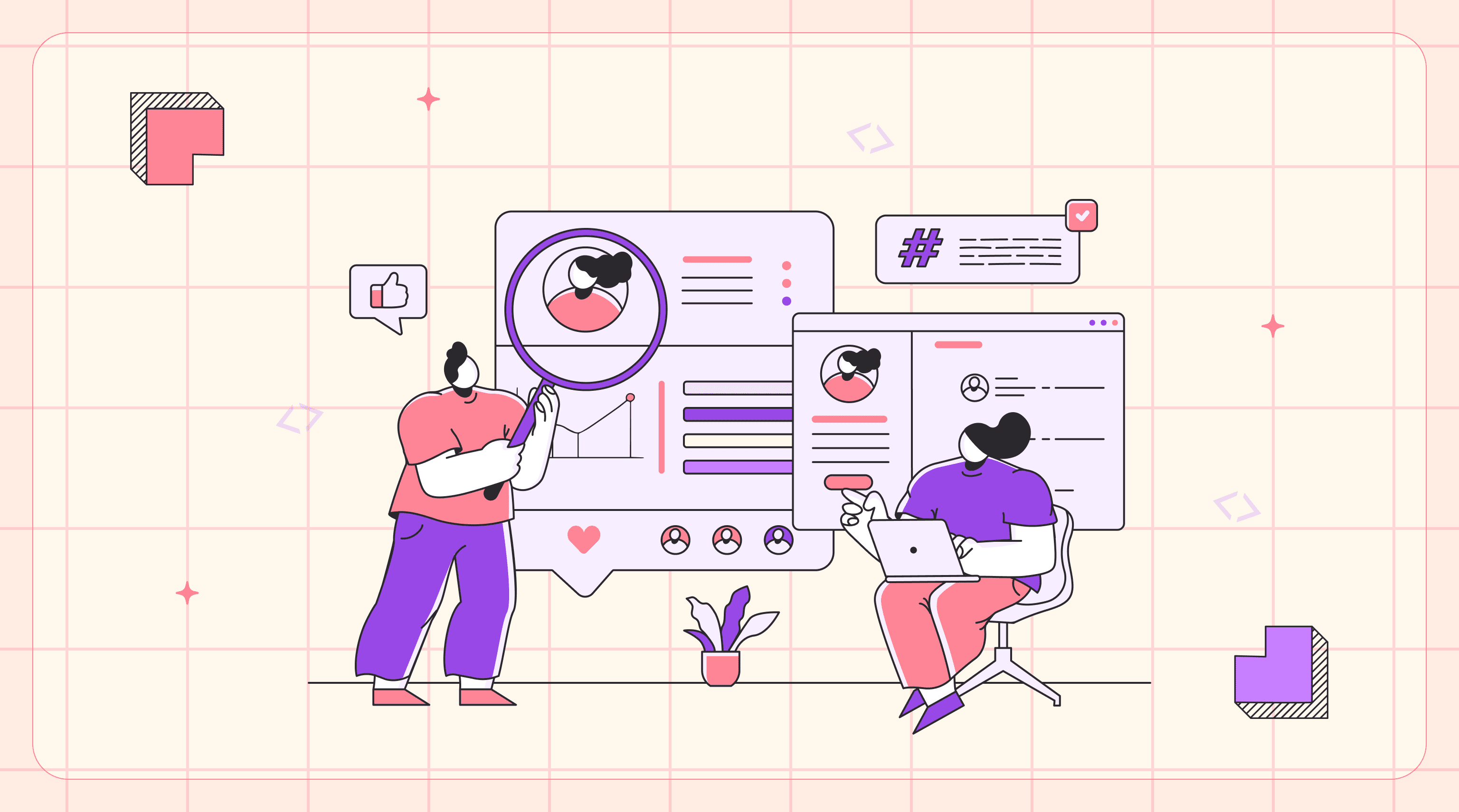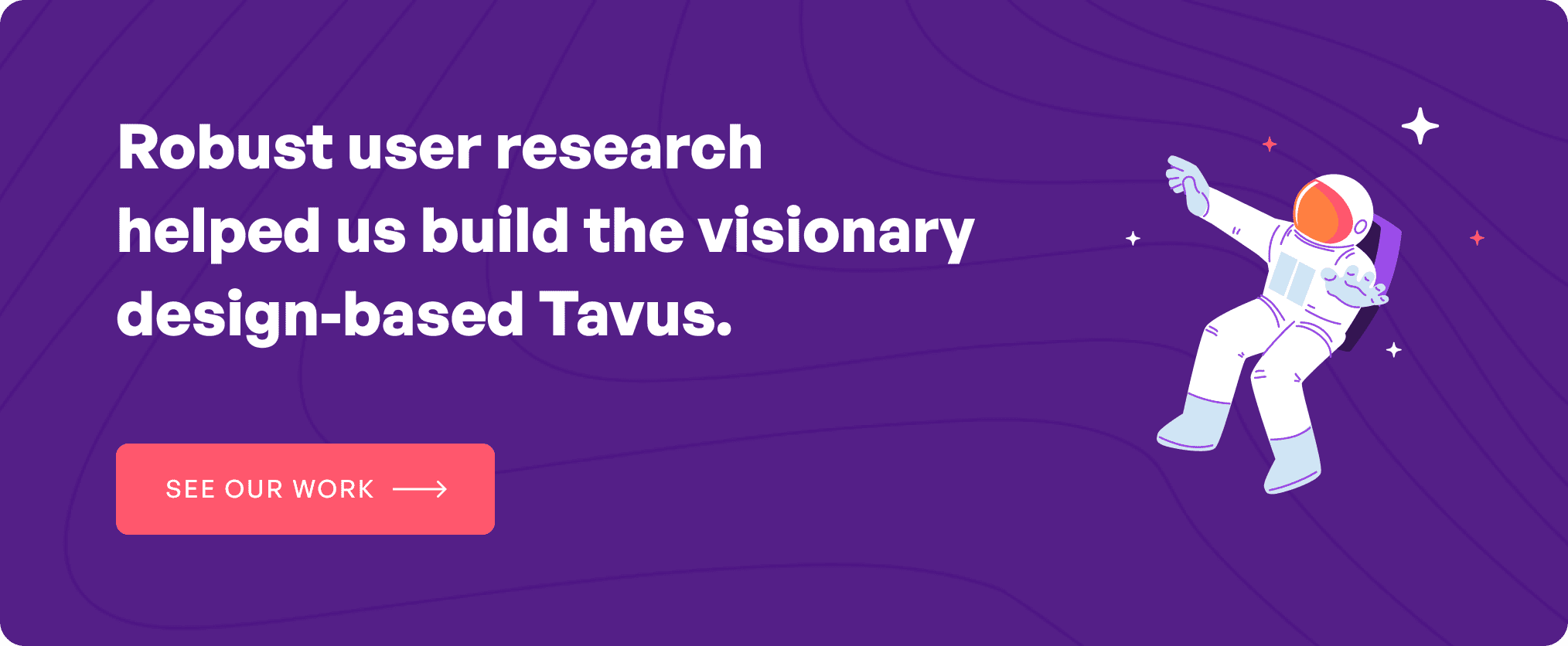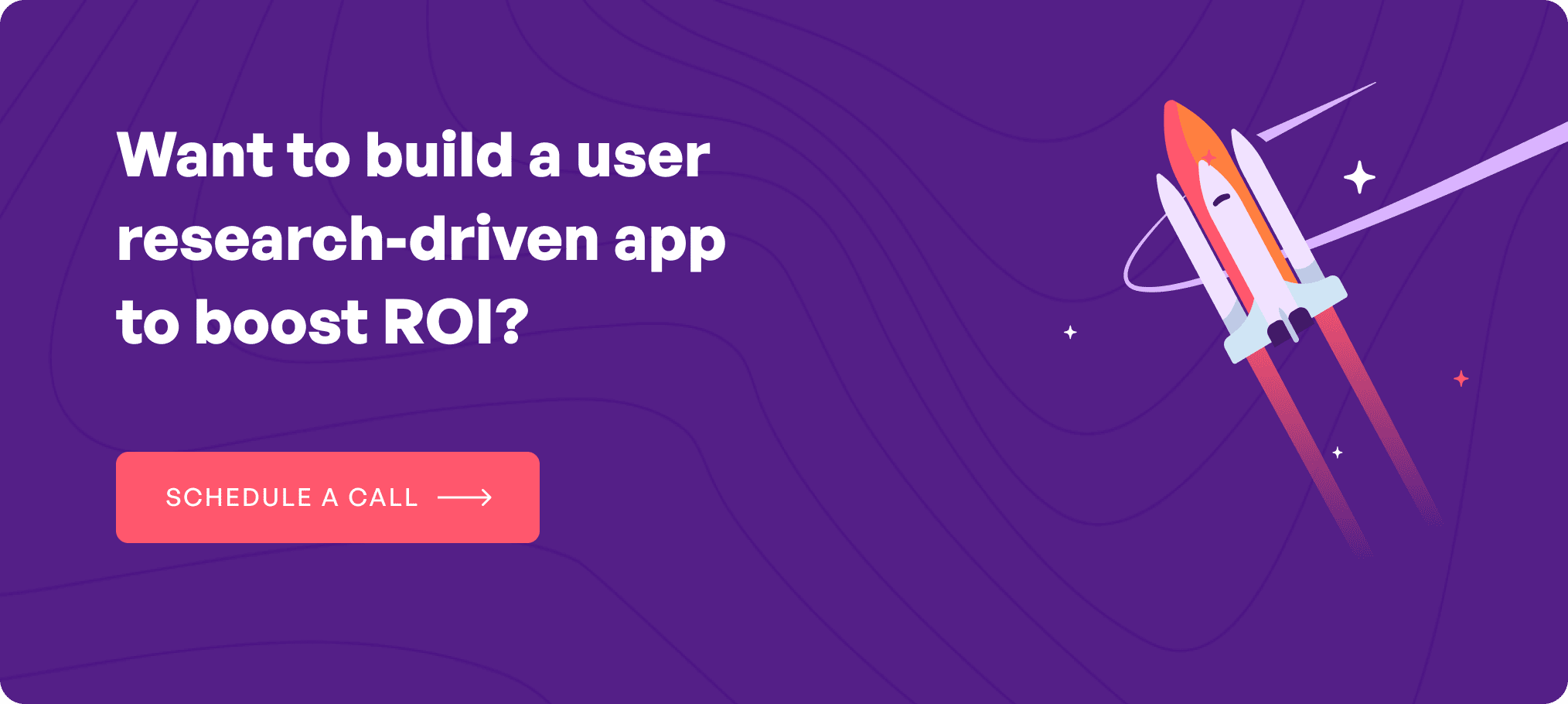Imagine you’re designing a brand-new app and have got a few fantastic ideas. You’re all set to jump in, start building, and make it look impressive. But how do you know if your target users will actually like it or, better yet, use it? Well, this is why user research in app design holds immense importance. Think of it as your app’s crystal ball which lets you peek into the minds of your users and figure out their wants and buying behaviors so businesses like you can build an app they will keep using.
This approach is necessary since only 5% of new products survive because the rest do not take their customers’ needs into account or simply launch products with zero market. To dodge the same fate, user research must be in place where businesses put themselves in users’ shoes to understand how they interact with the world, their pain points, and the probable solutions they’re looking for. Let’s understand in a more detailed way to be able to make informed choices and convince stakeholders.
Table of contents
What is user research in app design?
This is a methodical study of target users which helps assess their motivation, needs and wants, and general attitude. These are typically gathered via feedback, surveys, usability testing, analytics, or plain observation. A proper research work wipes out assumption-based decisions and helps businesses take data-based strategic steps.
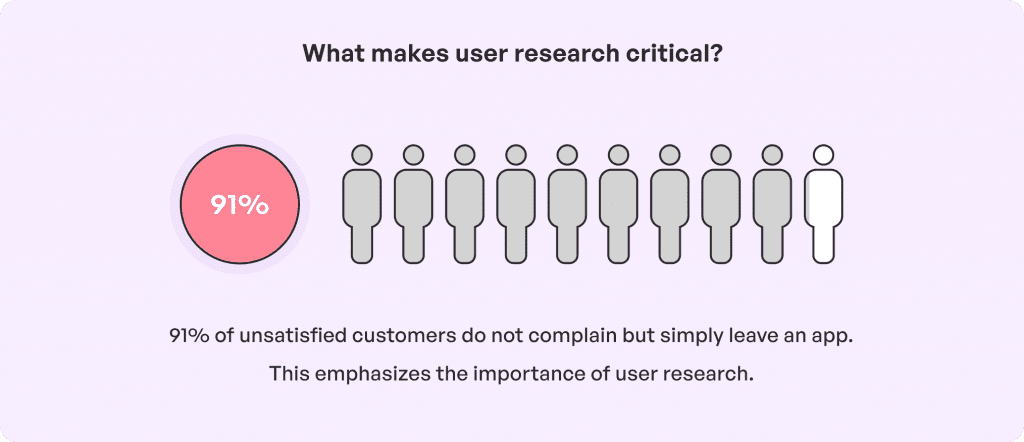
A study has found that there is a 30% to 70% positive impact on business metrics with a well-integrated user research system. The goal is to create an app that aligns with users’ expectations, solves their pain points, and enhances the overall user experience. By prioritizing and understanding the importance of user research, designers can minimize the risk of developing features that users will not value, improve app usability, and ensure the app is intuitive, engaging, and relevant to its intended audience.
What are the core approaches of user research in UX design?
There are a myriad of approaches to user research, each offering unique insights into user behaviors, preferences, and needs. These approaches can be broadly categorized into qualitative and quantitative methods with the key difference being the data type collected (subjective insights vs. measurable statistics). Below are the main types of user research:
1. Interviews
An interview before UX design process is a powerful qualitative method that collects in-depth insights from users. The primary goal is to explore the following regarding a particular app:
- attitudes
- behaviors
- pain points
- motivations
User interviews are typically conducted in a 1:1 setting which allows for a deep perspective into user’s experiences. The process will include preparation, behavioral, attitudinal, and scenario-based questions, recording and note taking, and post-interview analysis. All of these combined will help with rich insights about user motivations and behaviors, help discover unknown issues, and build empathy to build user-centered designs.
2. Online surveys
Surveys and questionnaires are popular and effective tools for gathering user research data especially when you need insights from a large audience quickly. It includes multiple choice questions, rating scales, demographics, and open-ended questions via SurveyMonkey, Typeform, and Google Forms. These methods allow you to collect quantitative data such as user preferences, demographics, and satisfaction levels, as well as qualitative feedback through open-ended questions. The top features are structured format, scalability, quantitative insights, and qualitative feedback. The best way to conduct surveys is to keep it focused, use simple languages, and offer some incentive if your budget allows.
3. Usability testing
Usability testing in app design is a key method in user research for design that assesses how easy and intuitive a product or app is for users to interact with. The main types are moderated testing, unmoderated testing, and remote testing. The goal is to identify usability issues, know user behaviors, and refine the design based on their experience.
In usability testing, real users are requested to perform specific tasks using the app while being observed by researchers.
These tasks are designed to reflect common user interactions, such as navigating through the app, completing a transaction, or finding information. The test can be conducted in-person or remotely using screen-sharing software.
The key usability testing elements are test participants, tasks, observations, metrics, and feedback. Together, these help with identifying pain points, reducing app development costs, and enhancing user satisfaction.
4. Focused user groups
Focus groups are a qualitative research method used in user research to gather in-depth insight into diverse attitudes, preferences, perceptions from a small group of users. The process typically consists of 5 to 10 participants and the focus group is led by a moderator who guides the discussion based on pre-set topics or questions about the app or product being studied. The goal is to understand collective attitudes, experiences, and ideas around the product’s features, design, or overall experience.
5. A/B testing
A/B testing in design is also known as split testing which is a method used to compare two or more variations of a design element to determine which one performs better in achieving a specific goal. This approach is particularly valuable in user experience (UX) and interface design since it allows UX designers to make data-driven decisions based on user behavior rather than assumptions. The process will include identifying the object, selecting test elements, creating variations, collecting data, and analyzing results to implement the final results. The best ways to conduct A/B testing includes setting clear goals, running long tests, and analyzing well to refine the designs.
6. Analytics and heatmaps
Analytics and heatmaps are one of the essential instruments in user research and help to understand users’ behavior when they work with digital products like apps or websites. Where analytics deals with the processes of compiling and analyzing quantitative data regarding specific user activities, heatmaps are graphic depictions of where users click, scroll, and hover on a webpage or in an application. Analytics are generally the tools to measure all sorts of things, including Google Analytics, Mixpanel, or Adobe Analytics. On the other hand, using heat maps like Hotjar, Crazy Egg and Mouse flow are to identify engagemt hotspots.
7. Card sorting
Card sorting is a user research technique is applied in design to assist in categorizing information in a manner that is friendly to the user. A common approach is a card-based one, where one participant is given a set of cards, each card reflecting content, feature or category of a product or service offered. The participants are then asked to sort these cards as per their their preferences. This process helps in creating an inherent structural arrangement of information, thus, navigation control and overall interface friendliness.
8. Diary studies
This is a qualitative method that involves participants recording their thoughts, experiences, and interactions with a product or service over a specified period. The approach allows researchers to gain insights into the users’ behaviors, preferences, and pain points in real-life contexts, offering a more in-depth understanding of user experience than traditional methods. The key features are longitudinal insights, user perspective, real context, and flexibility. Diary studies process includes defining objectives, recruiting participants, collecting and analyzing data, and using the information for design.
These are the most common types of processes followed during UX research for application development which helps in picking more informed design choices. The best way to ensure all of these are being done methodically, partner with a dedicated UI UX design company like Simublade. Our experts define user persona and identify customer pain points via several microinteractions and create designs based on usability and scope of conversions. They combine all advanced tools and technologies to build products that are aligned with your business’ growth stages.
Importance of user research in app design
Getting to know user persona, buying needs, and overall attitude towards your business or a specific product is a critical part of a digital product design checklist to help understand the problem you, as a business, are trying to solve. If you are still wondering why user research is essential in UX design, let’s understand in detail.
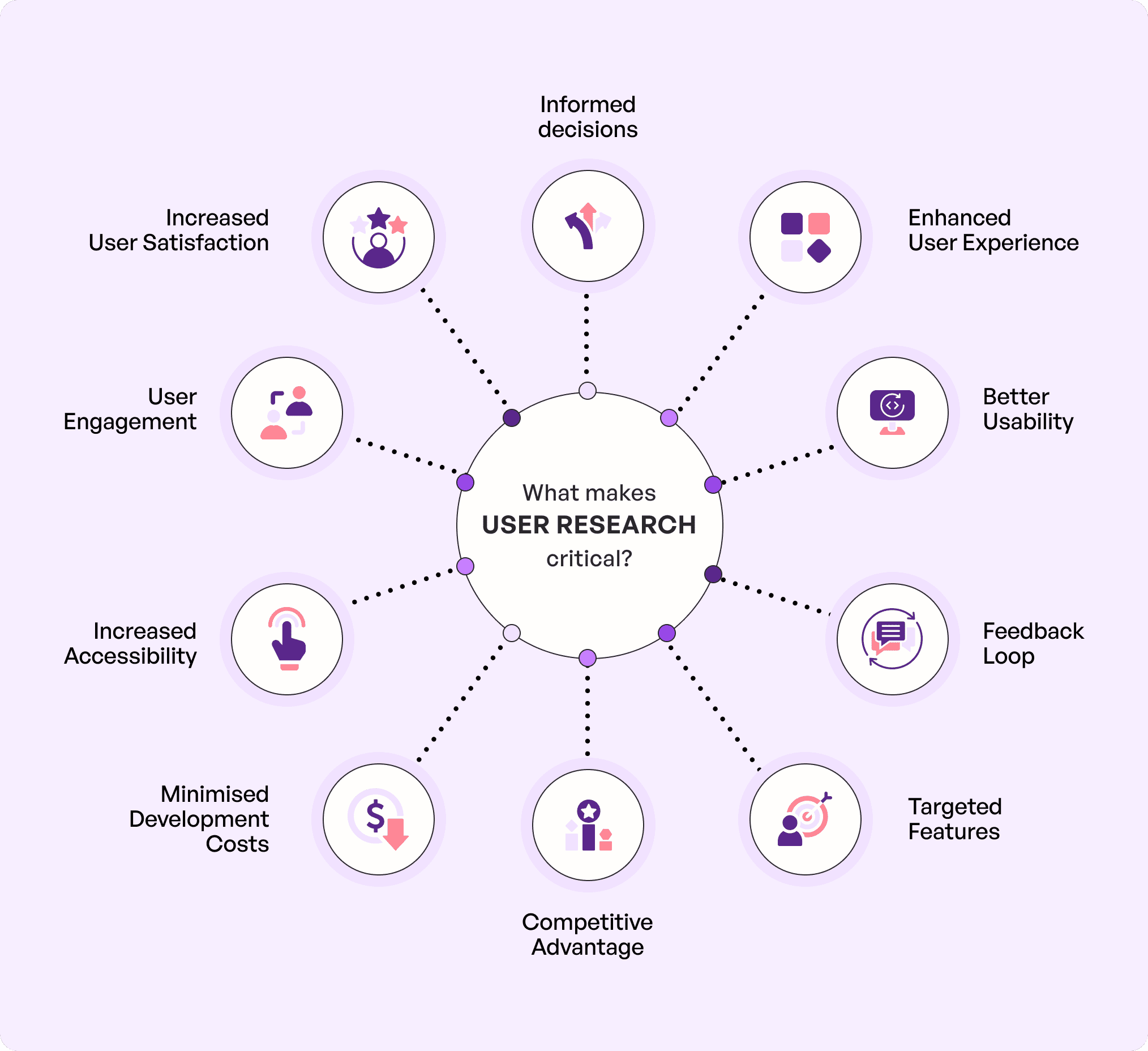 Informed decisions: This is preferable to basing their decisions for design and creation on assumptions because user research provides valuable information to UX designers in their decision-making process.
Informed decisions: This is preferable to basing their decisions for design and creation on assumptions because user research provides valuable information to UX designers in their decision-making process.
Enhanced user experience: Designers can create intuitive and engaging experiences tailored to their target audience by understanding user needs and pain points,
Minimized development costs: Identifying issues early in the design process through user research helps avoid costly changes and redesigns later on.
Increased user satisfaction: Products designed with user feedback tend to meet expectations better which ultimately lead to higher user satisfaction and retention rates.
Better usability: User research in UX design process helps identify usability issues thus allowing designers to create interfaces that are easy to navigate and understand.
Targeted features: Understanding user needs eases the development of features that address specific problems thus making the app more valuable and relevant.
Competitive advantage: Apps that prioritize user research can differentiate themselves in the market by aligning closely with user preferences and trends.
User engagement: Apps built with user insights often lead to higher engagement levels since they resonate better with users and encourage repeat usage.
Increased accessibility: User research can highlight the needs of diverse user groups thus ensuring the app is accessible and usable for all demographics.
Feedback loop: Ongoing user research creates a feedback loop which allows for continuous improvements and iterations based on evolving user needs and behaviors.
These are exactly how user research improves mobile app design while also tackling real-world challenges to stay on top of customer satisfaction and latest trends. The following section talks about how to get started with the research.
What is the process of user research in designing an app?
User research is generally a component of the design sprint session but is, nonetheless, carried out independently by designers, mainly prior to the finalization of UI UX. The knowledge of these steps will assist you in setting the time and cost plan of the project. Here’s a look.
Step 1: Define objectives
It is recommended to begin by defining the objectives of the user research with specific questions.This will check the overall research process and help you to gather necessary data.
Step 2: Research methods
Choose the most suitable user research techniques aligned with your goals and objectives. Qualitative research (interviews or focus groups) can be used for collecting more profound information and quantitative research (surveys or analytics) for collecting more statistic information. Having both can give a holistic view into the kind of users who are interested in your app.
Step 3: Get participants on-board
Ensure that you get a sample that is diverse from participants who are trulyyour target market. Add job postings on social networking sites, user forums or on customer lists of other products to achieve a good mix of demography and experience.
Step 4: Gather research data
Carry out interviews, send questionnaires, or offer usabilty tests. This means that when conducting the meeting, the participants should feel at ease to express their views without having to fear for their opinions. It may therefore be worthwhile to record their responses and interactions in the process for the next phase in the process, namely the analysis in a discovery workshop.
Step 5: Analyze findings
The next step is to analyze the results of the data collected in order to make sound conclusions. Summarise the information in a manner that can help you achieve your goals and or objectives. Check activity maps such as affinity diagrams or charts also assist in processing qualitative and quantitative data containing information that may be useful in persuading stakeholders. It will also assist the design team to plan their process.
Step 6: Iterate and test
This step is mainly for UX designers to create high and low-fidelity prototypes or wireframes followed by conducting usability tests based on the user research. It is useful to refine the product till it meets user requirements before the final launch.
Such detailed steps followed with precision reflect the importance of user research in application design for businesses. Below are the top tools designers prefer.
Which tools are required in user research in app design?
Several tools are available to conduct user research in design and each is offering unique features to gather valuable insights. Let’s have a quick look at a few popular tools:
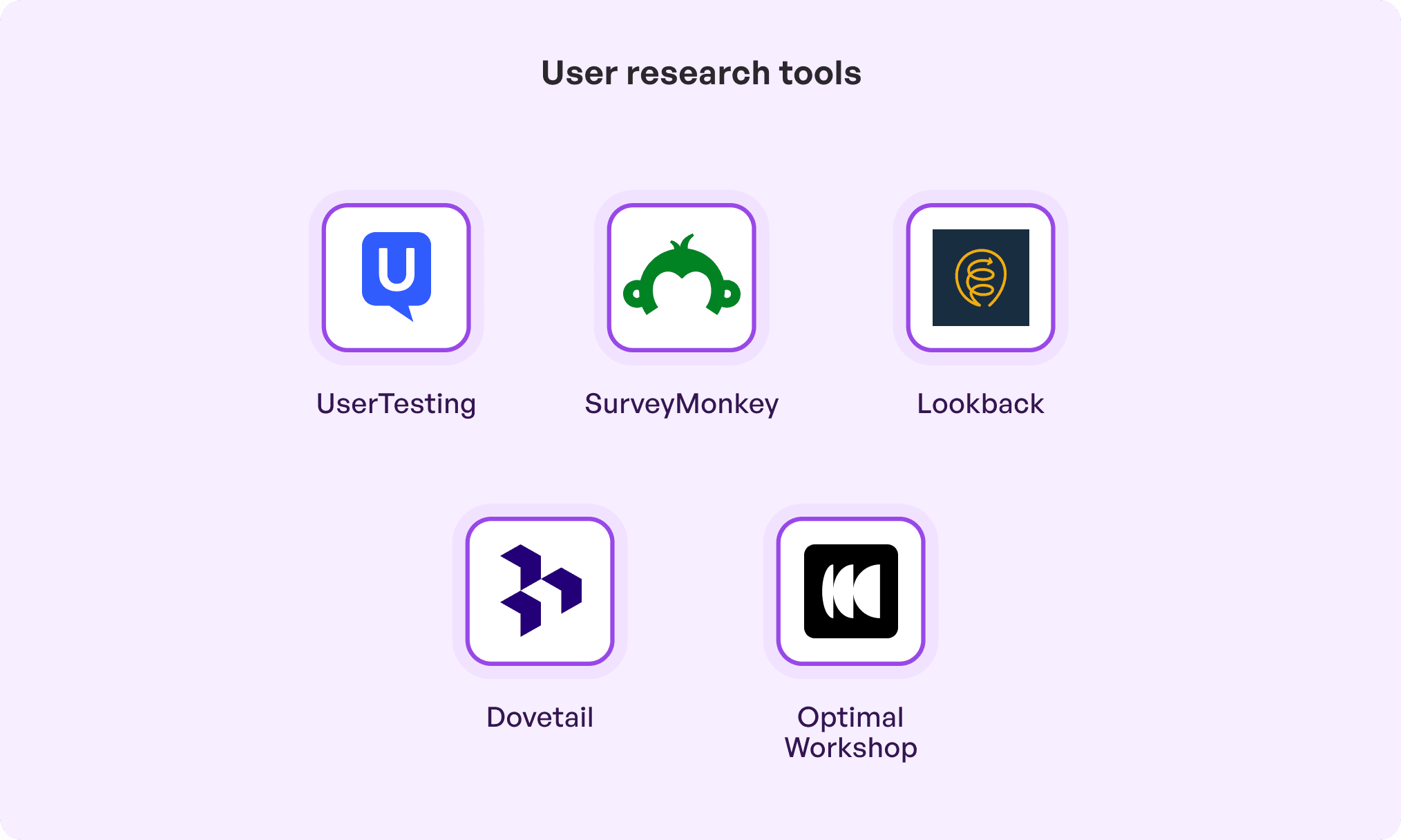 UserTesting: This is a popular platform that allows designers to conduct remote usability tests and receive recorded user feedback, helping teams identify pain points in real-time.
UserTesting: This is a popular platform that allows designers to conduct remote usability tests and receive recorded user feedback, helping teams identify pain points in real-time.
SurveyMonkey: This lets designers create and distribute surveys to collect quantitative data on user preferences and satisfaction levels, making it easy to analyze results.
Lookback: This facilitates live user testing and interviews, providing a collaborative environment for teams to observe user interactions and discuss findings on the spot.
Dovetail: This is an excellent tool for analyzing and synthesizing research data, helping teams identify patterns and themes from user interviews.
Optimal Workshop: It offers tools like card sorting and tree testing to improve information architecture, ensuring that users can navigate the app easily.
Altogether, these tools provide a comprehensive suite for conducting effective user research throughout the design process. Top-notch companies like Simublade are well-equipped with the latest tools for meticulous user research and results. This way, businesses never have to worry about high-performing apps with great market acceptance.
The role of AI in user research in app design
Artificial intelligence has a significant impact on user research for design. It automates data research, makes user profiling better with emotional analysis, and helps with predictive insights. Combined with machine learning, it can go through plenty of data to find patterns which humans might miss. Also, chatbots can conduct user interviews and surveys across several consumer groups while reducing response time. No wonder, 51% of UX researchers are already using UX tools or AI research.
This is also because they are able to learn more which sharpens their skills and helps make smarter choices about design which leads to better experiences for users. In the end, AI helps with creating products that are tailored to personal needs and desires and can be altered to fit users’ needs. In short, by integrating AI, user research becomes faster, more accurate, and capable of handling larger data sets, allowing more informed design decisions.
Conclusion
The importance of user research in UX design in the future is poised to become even more integral as technologies like AI, machine learning, and predictive analytics continue to evolve. The advancements will enable more accurate, real-time insights into user behaviors and preferences, allowing designers to create hyper-personalized experiences. With tools that can process vast amounts of data and predict trends, the design process will become increasingly proactive, anticipating user needs before they even arise.
Moreover, as AR/VR become prevalent, user research will expand into immersive environments, offering deeper, more contextual insights. In this future landscape, it will drive continuous innovation ensuring that products remain user-centered and adaptable to the ever-changing technological world.
FAQs
Q. Why is user research important in app design?
Ans. Research is important in UX design process since it guarantees that the product is fitting the user’s requirements, and is easier to use and more fulfilling.
Q. How does user research improve the overall user experience (UX)?
Ans. This is achieved through catering insights into user behaviors and needs which assists the UX designers come up with ideas and designs that solves real issues.
Q. What methods are commonly used in user research for application design?
Ans. When it comes to user research for app design, few of the techniques are: interviews, surveys, and usability tests, A/B tests, analytics for tracking user behavior, and other preferences.
Q. What is the difference between qualitative and quantitative user research?
Ans. Qualitative user research involves interviewing users and finding out about their behaviors, motivations and experiences of/use of the product/service whereas quantitative research involves numbers and usage data of the users from surveys and analytics.
Q. What are some cost-effective methods for conducting user research?
Ans. Perhaps, few of the least expensive approaches to performing a various types of user research are online-based surveys, remote usability testing, guerrilla testing, and exploring established analytics for insights at a low cost.
Q. How can user research improve user retention in mobile apps?
Ans. An understanding of users helps designers figure out their needs, issues and preferences from the user’s angle thus making design that will attract users into the business.
Q. How does continuous user research impact post-launch app updates?
Ans. Continuous user research informs post-launch app updates by identifying ongoing user needs, pain points, and feature improvements ensuring the app evolves to meet customer expectations and remains competitive.


